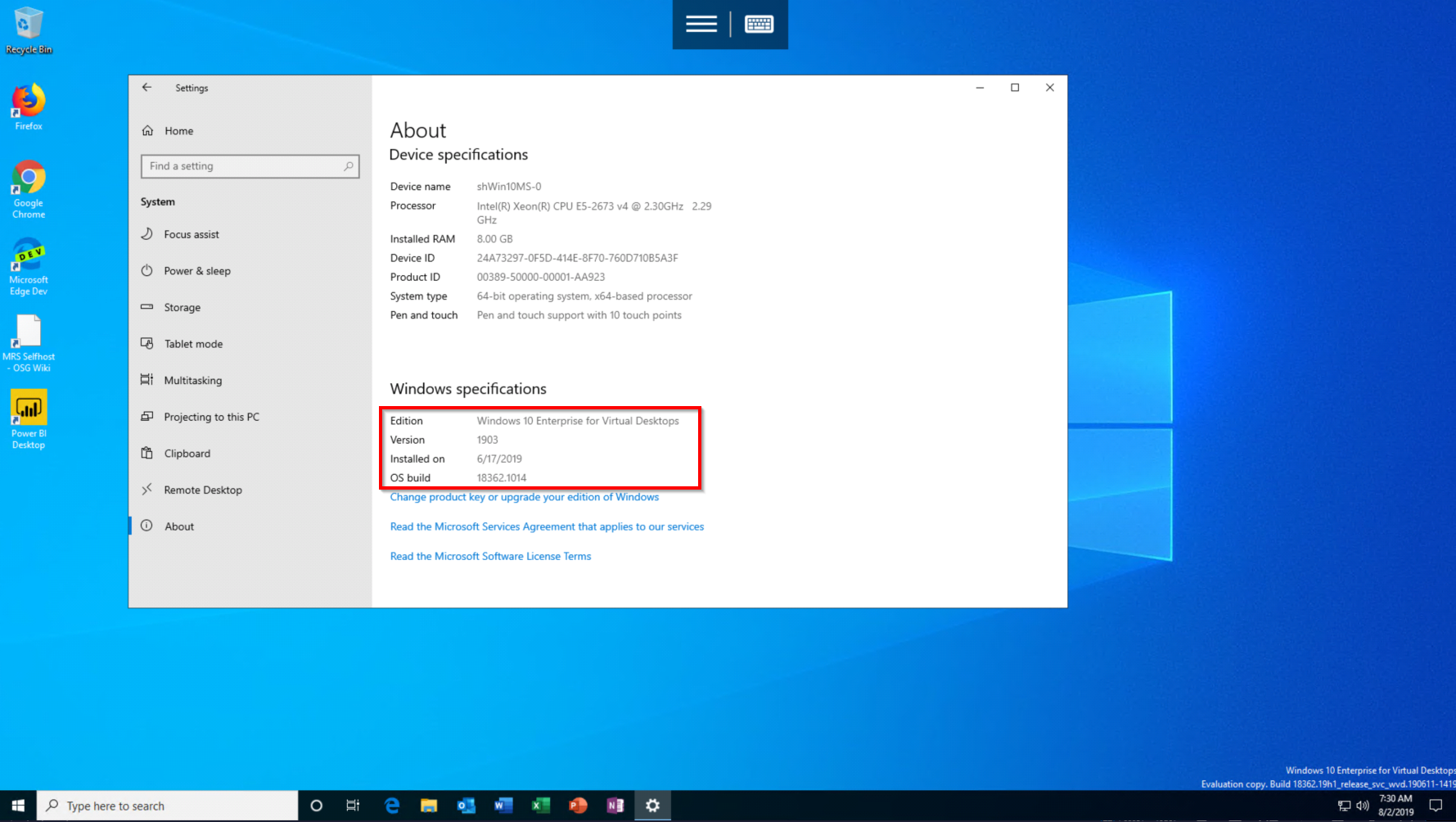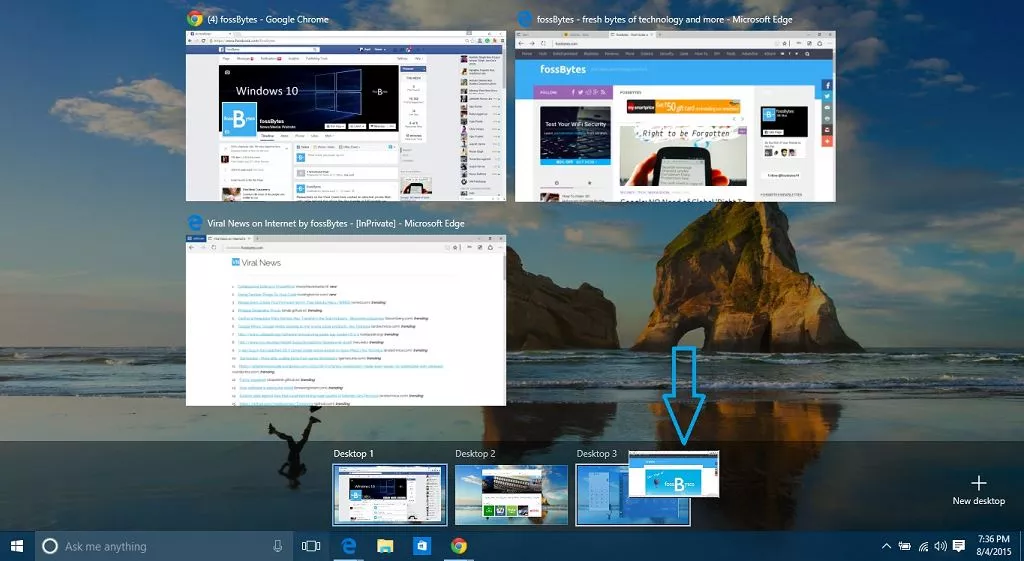


VIRTUAL DESKTOP WINDOWS 7 SOFTWARE
VMs are software “machines” created by partitioning a physical server into multiple virtual servers through the use of a hypervisor. Virtual machines are the technology that powers VDI. What is the difference between VDI and virtual machines (VMs)? VDI is a type of desktop virtualization, but desktop virtualization can also be implemented in different ways, such as remote desktop services (RDS), where users connect to a shared desktop that runs on a remote server. What is the difference between VDI and desktop virtualization?ĭesktop virtualization is a generic term for any technology that separates a desktop environment from the hardware used to access it.
VIRTUAL DESKTOP WINDOWS 7 UPDATE
Remote work: Since VDI makes virtual desktops easy to deploy and update from a centralized location, an increasing number of companies are implementing it for remote workers.


In the past, its high-performance requirements made it costly and challenging to deploy on legacy systems, which posed a barrier for many businesses. VDI offers a number of advantages, such as user mobility, ease of access, flexibility and greater security. Nonpersistent VDI is often used in organizations with a lot of task workers, or employees who perform a limited set of repetitive tasks and don’t need a customized desktop. In contrast, nonpersistent VDI, where users connect to generic desktops and no changes are saved, is usually simpler and cheaper, since there is no need to maintain customized desktops between sessions.In other words, desktops in a persistent VDI environment act exactly like a personal physical desktop. With persistent VDI, a user connects to the same desktop each time, and users are able to personalize the desktop for their needs since changes are saved even after the connection is reset.VDI can be either persistent or nonpersistent. Users connect to their desktop instances through a connection broker, which is a software-based gateway that acts as an intermediary between the user and the server. Users can access these virtual desktops from any device or location, and all processing is done on the host server. In VDI, a hypervisor segments servers into virtual machines that in turn host virtual desktops, which users access remotely from their devices. VDI hosts desktop environments on a centralized server and deploys them to end-users on request. Virtual desktop infrastructure ( VDI) is a technology that refers to the use of virtual machines to provide and manage virtual desktops. What is VDI ( Virtual Desktop Infrastructure )?


 0 kommentar(er)
0 kommentar(er)
